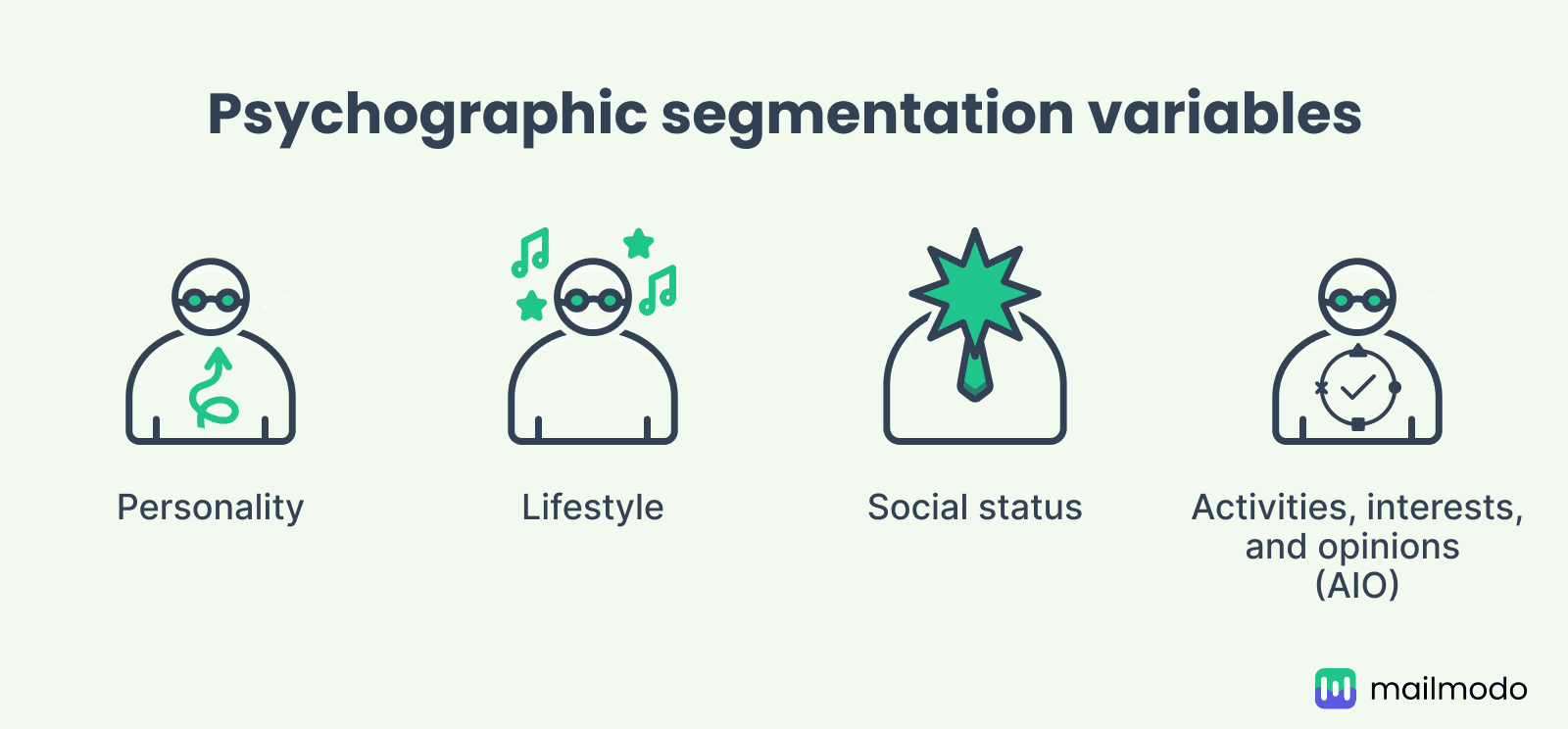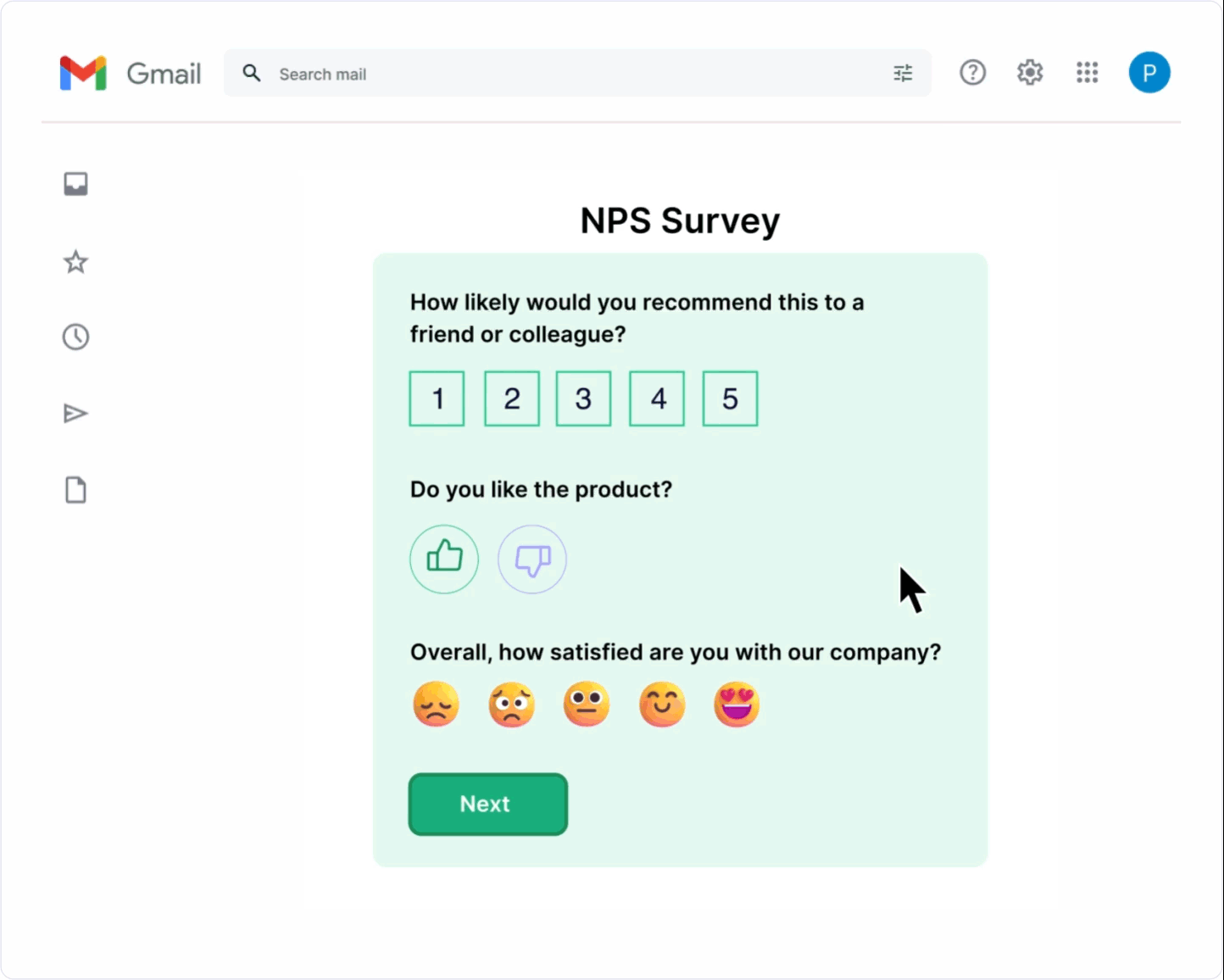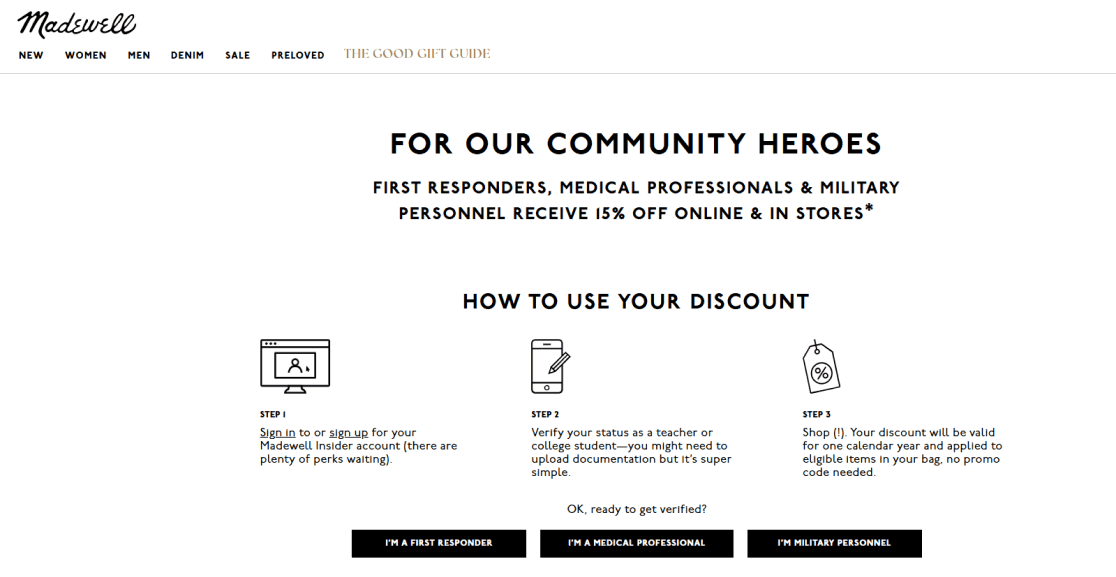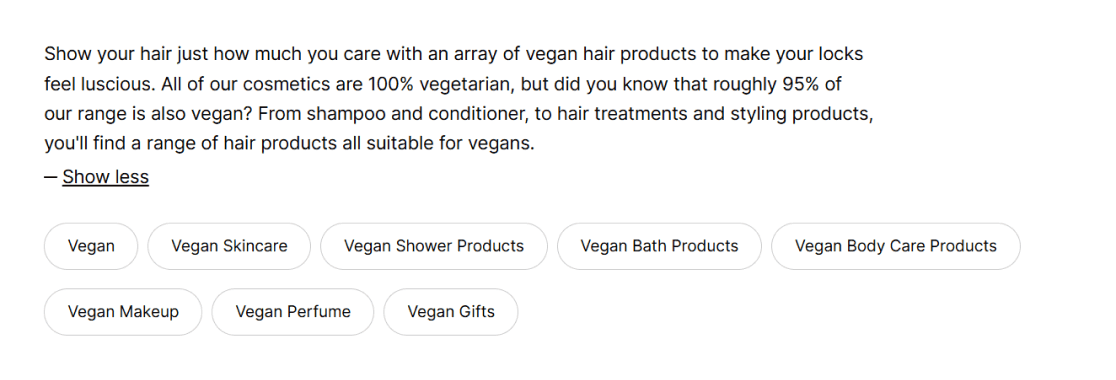What is psychographic segmentation?
Psychographic segmentation is a segmentation technique that uses psychological traits such as beliefs, values, lifestyle, social status, activities, interests, and opinions to segment and target customers more effectively.
These traits give a better understanding of what motivates individuals and drives their purchasing decisions. By identifying these attributes, businesses can personalize their marketing strategies to resonate more personally and deeply with their audience.
💡 Related guide: 9 Best Customer Segmentation Examples to Boost Sales
How is psychographic segmentation different from other segmentation types?
While demographic, geographic, and behavioral segmentation provides insights into customer characteristics and actions, psychographic segmentation better explains the underlying motivations that drive customer actions. This subtle approach helps marketers create personalized marketing strategies.
Here’s how psychographic segmentation differs from the most commonly used geographic and behavioral segmentation.
| Segmentation Type |
Criteria |
Example |
| Demographic Segmentation |
Age, gender, income, occupation, marital status, and education. |
Promoting luxury products to high-income groups. |
| Psychographic Segmentation |
Lifestyle, values, personality, interests, opinions. |
Recommending vegan products to people who value animal welfare and prefer plant-based diets. |
| Behavioral Segmentation |
Purchase history, usage frequency, brand loyalty, and shopping patterns. |
Offering exclusive discounts to loyal or high-spending customers. |
| Geographic Segmentation |
Customers’ physical location, such as country, region, climate, or city. |
Promoting winter clothing in colder regions. |
What are the different psychographic segmentation variables?
Variables refer to the key factors that marketers analyze when conducting psychographic segmentation to understand customer behavior and actions. There are five main variables used in psychographic segmentation.

1. Personality
Personality refers to different characteristics that define how a person thinks, feels, and behaves. These characteristics play an important role in shaping an individual's preferences and choices. Common personality traits include introversion, extroversion, openness, and conscientiousness.
For example, adventure-loving people who enjoy taking risks and exploring new experiences might like travel packages, adventure gear, or unique cuisines.
2. Lifestyle
Lifestyle, including daily habits, routines, and preferences, reflects how people live. It is often influenced by personal priorities, culture, and environmental factors.
For example, minimalists who prioritize simplicity and sustainability are more likely to purchase products that align with their lifestyle, are simple, and last longer.
3. Social status
Social status reflects a person's status, determined by income, occupation, and education. It often influences aspirations and purchasing habits.
For example, rich people with higher social status would buy luxury products, exclusive services, or esteemed brands that align with their desire for distinction and sophisticated experiences.
4. Activities, interests, and opinions (AIO)
AIO refers to hobbies, passions, opinions, and beliefs that drive a person’s identity and influence purchasing decisions. This variable helps us understand people's specific lifestyle choices based on their interests.
For example, environment-conscious people are likelier to choose sustainable and eco-friendly brands, demonstrating their commitment to saving the planet.
When to use psychographic segmentation?
Businesses can use psychographic segmentation to target niche audiences. With psychographic segmentation, you can cater to a specific group characterized by values, interests, and motivations, you can better personalize your messaging to resonate with not just their preferences, but also their emotions and beliefs.
Clothing brands can use psychographic segmentation to align their marketing campaigns with customers' lifestyles. For example, Patagonia launched a “Don’t Buy This Jacket” campaign to encourage customers to rethink their purchasing decisions, addressing consumerism and promoting environmental awareness.

Psychographic segmentation is versatile and works best when integrated with demographic or behavioral data for a holistic approach.
Integration of psychographic segmentation with other types of data
When psychographic data is combined with other data types, it gives deeper insights and allows you to understand your customers better. Let’s talk more about it.
Demographic data: This includes data such as age, gender, income, and education. Combining demographic data with psychographic data helps you derive deeper insights about the lifestyle and personalities of a specific age group, gender and so on. For example, a woman in her early 30s with a high income and a love for sustainable brands is a potential customer for luxury eco-friendly products.
Transactional data: Purchase behavior, frequency, and buying patterns reflect customers' preferences. Combining transactional data with psychographic insights and demographic data reveals why customers buy certain products and what motivates them. For example, an adult buying luxury watches is not just buying them for utility but is also driven by a desire for exclusivity and status.
Behavioral data: This includes website interactions and engagement patterns. Combining behavioral data with psychographic data makes it easy to understand why some touchpoints are significant to specific segments. For example, a customer who uses the “Try before you buy” feature on websites prefers risk-free shopping. Brands can offer trials or money-back guarantees to such customers.
How to collect data for psychographic segmentation
Before you start psychographic segmentation, gathering the right kind of data about your customers is essential. Some of the methods that you can use to collect data for psychographic segmentation include:

1. Surveys
Surveys are structured questionnaires that help you collect data from a specific audience. You can conduct them through Google Forms, SurveyMonkey, phone calls, and emails. Include close-ended and open-ended questions about people's choices, interests, and values. You can ask questions such as:
“On a scale of 1 to 5, how satisfied are you with our product?”
What challenges do you face when using our product?
Additionally, AMP-powered interactive emails make it much easier to conduct these surveys by allowing recipietns to fill and submit these forms within the email itself.
2. Focus groups
A focus group is an interview where participants discuss topics and share their insights through interactive discussions. Choose a group representing your target audience, create a set of questions, and conduct a discussion where the participants can freely share their thoughts. You can ask questions such as:
What is your experience with a specific product/service?
What, according to you is the most important element when choosing a product in a specific niche?
3. Customer interviews
Customer interviews are one-on-one conversations with customers to get deeper insights into their opinions and attitudes. You can schedule virtual interviews or even have face-to-face meetings with selected participants. You can ask questions such as:
4. Market research
Market research involves collecting and analysing data about customers and competitors in a specific market. You can conduct market research through interviews, surveys, and studies to identify trends and insights.
5. Website analytics
Website analytics involve tracking and analyzing user behaviour on a website using tools such as Google Analytics. They help you understand how visitors interact with your website and how you can improve your marketing strategies accordingly.
How to use Mailmodo for psychographic segmentation
Mailmodo helps you to create psychographic segments based on the collected data. Here’s how you can create segments in Mailmodo.
Go to the Contacts page and select Create Segment.
Enter the segment name and choose the list of contacts that you’re going to segment.
You must define segment criteria using user properties such as interests or behaviors such as email engagement to ensure they align with your psychographic profiles.
You can also check the below guide for more detailed instructions on creating segments.
💡 Related guide: How to Use Customer Segmentation for Targeted Marketing
Mailmodo is also very useful for you to collect data for creating psychographic segments. It allows you to embed and send interactive surveys and feedback forms in your emails such that the recipients can fill out and submit these forms within the email itself. Creating these forms and surveys using the drag-and-drop builder is also very easy. Try it out yourself.

Create and send AMP emails without coding in minutes
Examples of brands using psychographic segmentation
Here are some examples of some popular brands that use psychographic segmentation.
1. Madewell

Madewell targets community heroes, including first responders, medical professionals, and military personnel who value recognition, service, and community contributions. As a token of appreciation, Madewell offers a special 15% discount to community heroes. Eligible individuals need to verify their professional status on the website. Once verified, they are eligible for a discount both online and in-store.
This initiative fosters loyalty among people identifying with the above professionals and prioritizes social responsibility and community support.
2. Ben & Jerry’s

Ben & Jerry’s “One Sweet World” campaign targeted individuals who value inclusivity and community support. By aligning their product around these values, the company aimed to engage individuals who prioritize social causes and diversity.
By positioning the brand as a promoter of inclusivity, Ben & Jerry’s built an emotional connection with customers who share similar values. This campaign helped to reflect on the ethos of community while making customers feel like they are contributing to a big social cause.
An inclusive and welcoming society starts with a belief that we all deserve respect, whatever our backgrounds. It is built by each of us doing our bit to drive a more positive narrative of our communities. Food is one of the most important ways of breaking down barriers - that's why we're delighted to be supporting One Sweet World.
- Nicholas Lowles, Chief Executive, HOPE not hate
3. Lush Cosmetics

Lush Cosmetics offers vegan products to target customers who prioritize ethical consumption, sustainability, and personal care. It aims to appeal to people who value animal welfare and are conscious of the impact of their purchases on animals and the environment.
Such individuals prefer buying products that align with their values and making responsible purchasing decisions. The brand positions itself as a leader in sustainability and ethical consumption and fosters loyalty among customers who care about these issues.
Conclusion
Psychographic segmentation is important for enhancing your marketing strategies. By diving deep into people's values, beliefs, lifestyles, and interests, you can understand your customers on a deeper level and tailor your messaging to resonate with them personally. This helps you deliver meaningful customer experiences that align with their preferences and speak directly to their lifestyle and aspirations, fostering brand loyalty. Don’t forget to choose the right tool for this. We suggest using Mailmodo as it allows you to not only segment your customers but also allows you to collect the data required for segmenting your audience.


















